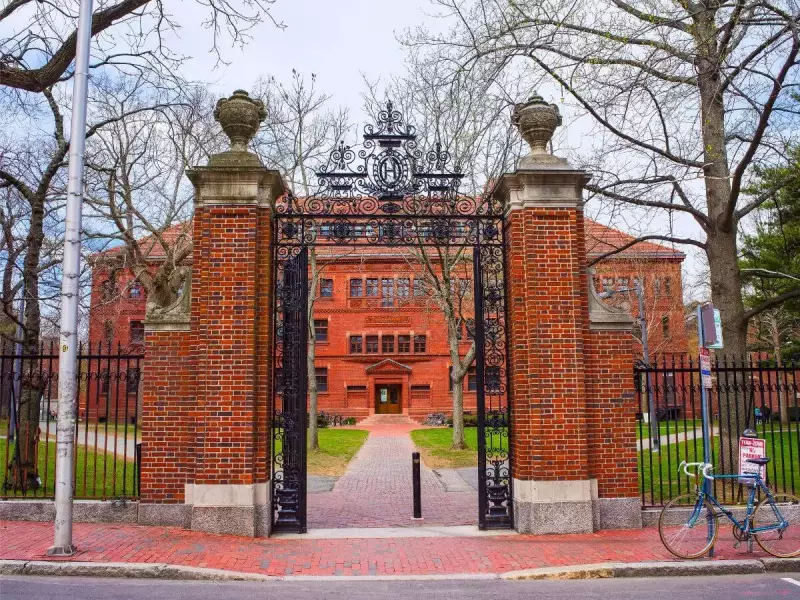
Harvard University, one of America's most prestigious Ivy League institutions, is witnessing a dramatic transformation in its student demographic landscape. Recent enrollment figures reveal a concerning trend: while Asian American student numbers are experiencing a significant upward trajectory, Black and Hispanic enrollment has taken a noticeable dip.
The Changing Face of Harvard's Student Body
The latest data from Harvard showcases a complex picture of diversity in flux. Asian American students now represent an increasing percentage of the incoming classes, marking a substantial climb in their representation. This growth comes amid ongoing debates about affirmative action and admission policies at elite universities.
Declining Representation for Minority Groups
Concurrently, the university has reported a concerning decline in Black and Hispanic student enrollment. This drop raises important questions about accessibility and representation at one of the world's most selective educational institutions. The shifting numbers highlight the ongoing challenges in maintaining diverse student bodies at top universities.
What This Means for Higher Education
These enrollment patterns at Harvard reflect broader conversations about diversity, equity, and inclusion in American higher education. As institutions grapple with changing admission policies and legal frameworks, the composition of their student bodies continues to evolve in unexpected ways.
The demographic shifts at Harvard are particularly significant given the university's influential position in shaping future leaders across various sectors. The changing enrollment patterns may have far-reaching implications for corporate diversity, political representation, and social mobility in the years to come.
Education experts are closely monitoring these trends, analyzing how they might influence admission strategies at other elite institutions and what they reveal about the current state of educational access in America.





